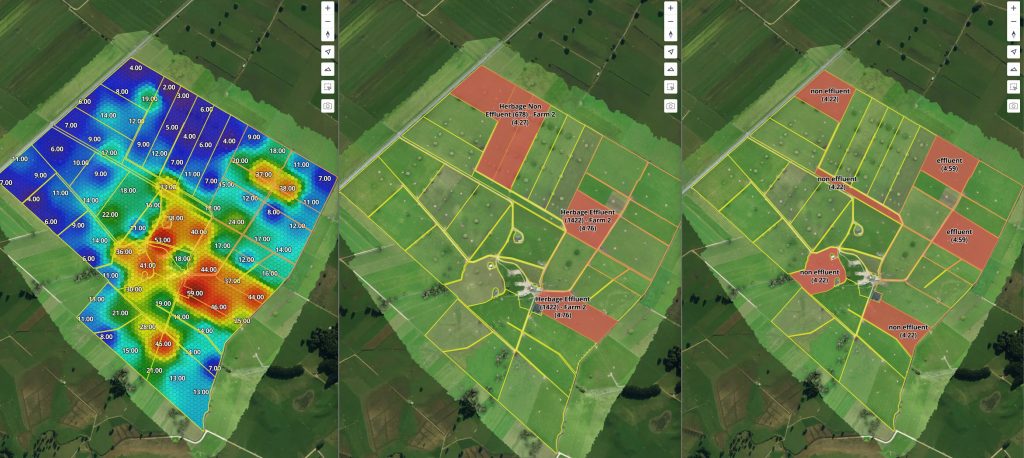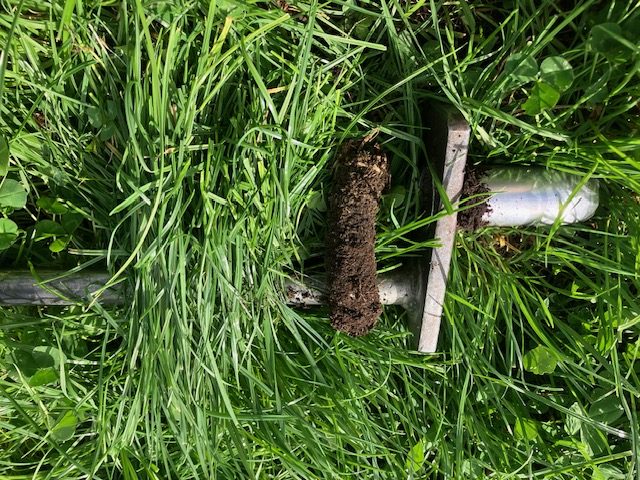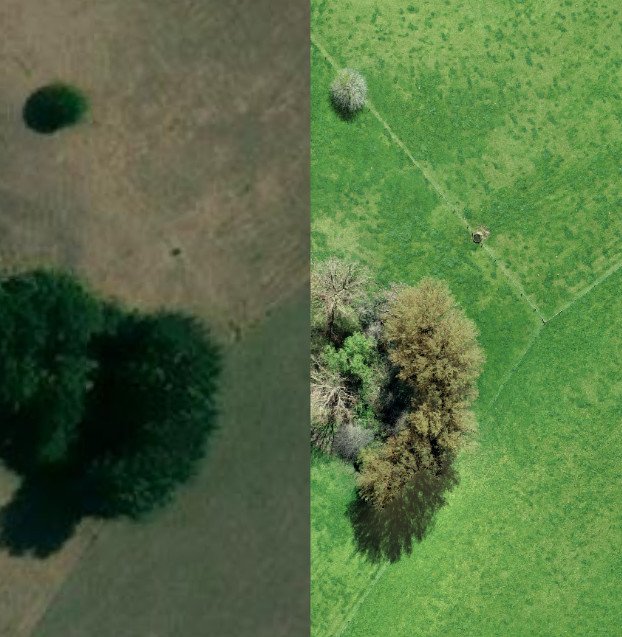
The value of combined soil and herbage testing
In New Zealand’s dairy industry, balancing soil fertility with the nutritional needs of livestock is a constant challenge. How do we create nutrient management programmes that optimise plant and animal production whilst minimising environmental risks? This question lies at the heart of sustainable dairy farming, and addressing it requires a deep understanding of soil and herbage nutrient dynamics.
The Challenge of Nutrient Variability
Dairy farmers across New Zealand regularly grapple with the variability of soil nutrient levels, particularly potassium (K). Potassium is vital for plant growth and animal health, but imbalances can lead to significant challenges. Excessive soil K levels, often resulting from historical practices such as day-and-night paddocks or uneven application of liquid and solid effluent, can cause metabolic issues in livestock, such as acute and subclinical milk fever during calving season.
For instance, soil testing on a Waikato dairy farm two years ago revealed potassium levels (measured via the MAF Quick Test) ranging from 2 to 59 QT MAF units across the property. This significant variability is typical on many traditional dairy farms, where effluent areas are often too small to accommodate the nutrient load. As a result, some paddocks experience potassium spikes, leading to elevated levels in pasture that exceed the optimal range for animal health (2.5–3%, as recommended by analytical laboratories). These imbalances can contribute to costly health issues and reduced productivity.
A Case Study in Nutrient Management
To address this issue on the Waikato farm, immediate action was taken. Two years ago, the farm ceased applying synthetic potassium fertilisers and invested in a slurry tanker to redistribute effluent to paddocks with below-optimal K levels. This targeted approach aimed to balance soil nutrient levels and reduce environmental risks associated with nutrient overload.
To evaluate the impact of these changes, we conducted herbage testing in autumn and spring this season. The results were striking: despite halting synthetic potassium applications, pasture potassium levels remained well above the recommended 2.5–3% range for livestock. This suggests that residual soil potassium from historical effluent applications continues to influence herbage nutrient content, highlighting the long-term impact of past management practices.
The Importance of Combined Soil and Herbage Testing
This case underscores a critical lesson: soil analysis alone is insufficient. Combining soil and herbage testing provides a comprehensive picture of nutrient dynamics, enabling farmers to make informed decisions. Soil tests reveal the nutrient status of the land, whilst herbage tests show how those nutrients translate into pasture quality, directly affecting animal health and productivity.
Regular testing serves two key purposes:
- Validation of Nutrient Management Programmes: It confirms whether strategies like effluent redistribution or reduced fertiliser use are achieving desired outcomes.
- Alignment with Animal Needs: It ensures pasture nutrient levels meet the dietary requirements of livestock at various stages of production and reproduction, reducing the risk of metabolic disorders.
Moving Towards Sustainable Practices
The Waikato case study demonstrates that proactive nutrient management can address both soil fertility and animal health challenges. By investing in tools like slurry tankers and committing to regular soil and herbage testing, farmers can optimise nutrient distribution, minimise environmental impacts, and improve livestock outcomes.
However, every farm is unique. Factors such as soil type, historical land use, and herd requirements must be considered when developing a nutrient management programme. Collaborating with agricultural consultants or soil scientists can help tailor strategies to specific farm conditions, ensuring long-term sustainability.
Take Action on Your Farm
Are you observing nutrient imbalances on your farm? Begin by conducting soil and herbage tests to understand your baseline. From there, explore targeted solutions such as effluent redistribution or adjusted fertiliser applications to balance productivity and sustainability. Share your experiences or questions in the comments below—we’d love to hear how you’re tackling nutrient management!



